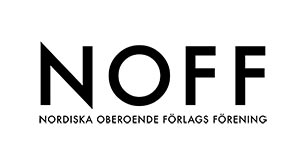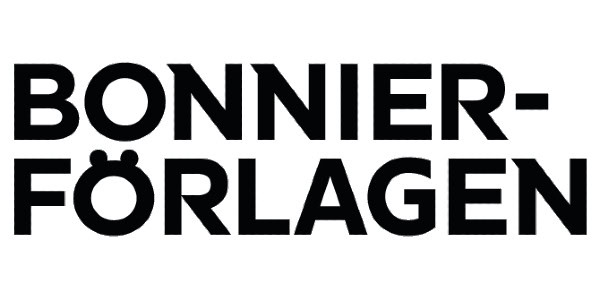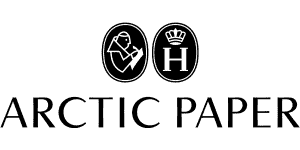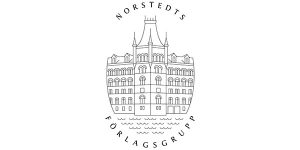
In-between: contemporary art in Australia : cross-culture, contemporaneity, globalization

| Serie | Gothenburg Studies in Art and Architecture |
|---|---|
| Författare | |
| Förlag | Acta Universitatis Gothoburgensis |
| Genre | Konst |
| Format | Häftad |
| Språk | Engelska |
| Antal sidor | 255 |
| Vikt | 547 gr |
| Utgiven | 2011-09-23 |
| SAB | Ib |
| ISBN | 9789173467087 |
This study emerges from the question: what is contemporary art, and mainly what criteria constitute contemporary art in a globalized art world in general? Thus, the focus of this dissertation is on the postcolonial context of Australia and the fact that the contemporary art scene in Australia is divided into Australian and Aboriginal art respectively. This is a division originating from the colonization of Australia that began in the 1770’s, resulting in an Australian art descending from a Western art practice, where there is further focus on two categories within this art. The first category is a so-called “young” Australian art created by young artists who are returning to skills of, for instance, woodcarving and bronze casting, emphasizing the techniques of creation, and the finish of the surfaces in a do-it-yourself-aesthetic. The second category is called Asian-Australian art, featuring diaspora artists, a category pointing to the fact that Australia is situated in the Asia-Pacific region and has a large Asian population. Aboriginal art, on the other hand, is regarded to be an unbroken tradition dating back some 40,000 years, featuring art created by indigenous artists living on ancestral land in remote communities, often being called traditional Aboriginal art, and city-based Aboriginal art produced by indigenous artists who have grown up and are living in Australian cities and have been educated in Western art schools. These four categories are represented by four artists whose artworks are analysed and interpreted from a cultural semiotic point of view in order to be used in practical examinations of the viability of the two theoretical concepts cross-culture and contemporaneity, as well as an investigation of whether the contemporary global art scene is truly global or still tends to emanate from a Western perspective. In this context the concept of cross-culture is examined through the history of how primitive art and primitive artists, and non-Western art and artists in general, have been apprehended, indicating that the crossing of cultures, making transformations and influences possible in the arts, have taken place from a Western perspective, thus demonstrating power relations deriving from colonization. Contemporaneity should be understood as an inquiry into how various artistic expressions with different time conceptions appear when produced simultaneously in different, closely connected, yet mutually incomparable cultures. This is art that communicates across the divide between cultures and as such grasps the driving spirit of the contemporary.






















